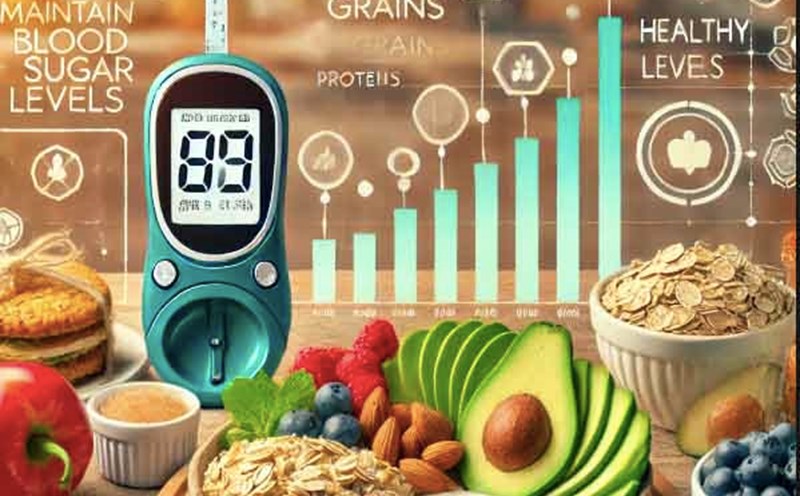There are two types of fiber that help control blood sugar: soluble and insoluble. Soluble fiber combined with water in the intestines to form a gel-like substance can slow down the absorption of glucose, helping to prevent spikes in blood sugar and reduce the risk of type 2 diabetes.
Soluble fiber also binds to cholesterol in the intestines and removes it from your body. This can reduce cholesterol levels and prevent complications of diabetes such as heart disease.
A diet high in insoluble fiber (mainly whole grain sources) can improve insulin resistance and reduce the risk of type 2 diabetes. Therefore, it is recommended that men and women gradually increase their daily fiber intake to 25-38 grams.
We should eat fruits, vegetables, beans, legumes, nuts and whole grains rich in fiber in our diet. This not only balances blood sugar levels, but also reduces the risk of diabetes complications such as cardiovascular disease and obesity.











